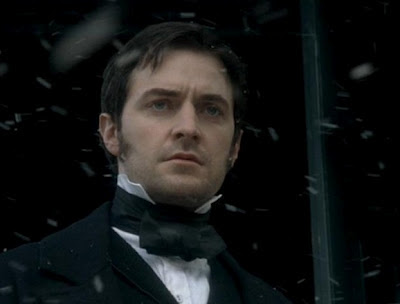The Man in the High Castle takes place in a world similar to our own, with one startling difference in its history: the Allies lost WWII. The United States as we know it has ceased to exist. The western states have become the Pacific States of America, occupied by the Japanese, and while the east is still referred to as the United States of America, it is controlled by the Germans. There is a free, independent area in the Rockies, and the South is barely spoken about and only as a place where people would never want to go. The Reich rules almost all of Europe and Russia and has taken over all of Africa only to eliminate the entire population in something described as an experiment gone wrong. All of the atrocities of Nazi Germany continue unabated, and Americans are second-class citizens in the P.S.A. and the U.S.A. I don't think I can express how unsettling this was to read. Dick describes this world so well, it is frighteningly real.
Most of the book takes place in San Francisco (in the Pacific States of America), with some parts in the Rocky Mountain States. There is a new bestseller in this world, banned in the Reich, called The Grasshopper Lies Heavy. It chronicles an alternative history in which the Allies win World War II. The way in which one of the characters talks about this book, with such hopeful desperation, if only F.D.R. hadn't been assassinated and could things have been different, is heartbreaking. The author of this book is "the man in the high castle," supposedly locked safely away in the Rockies to keep him safe from those who want him dead for writing it.
I thought The Man in the High Castle was great. You get to the end and realize that it's so much more than just an alternate history novel. The characters are interesting. The book isn't filled with caricatures of evil Nazis and Japanese oppressors. In fact, I ended up liking a couple of them better than one of the Americans. It didn't seem right! I'm eager to read more of Philip K. Dick's work.













